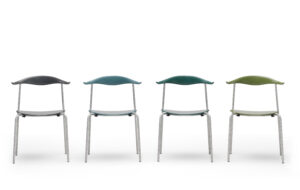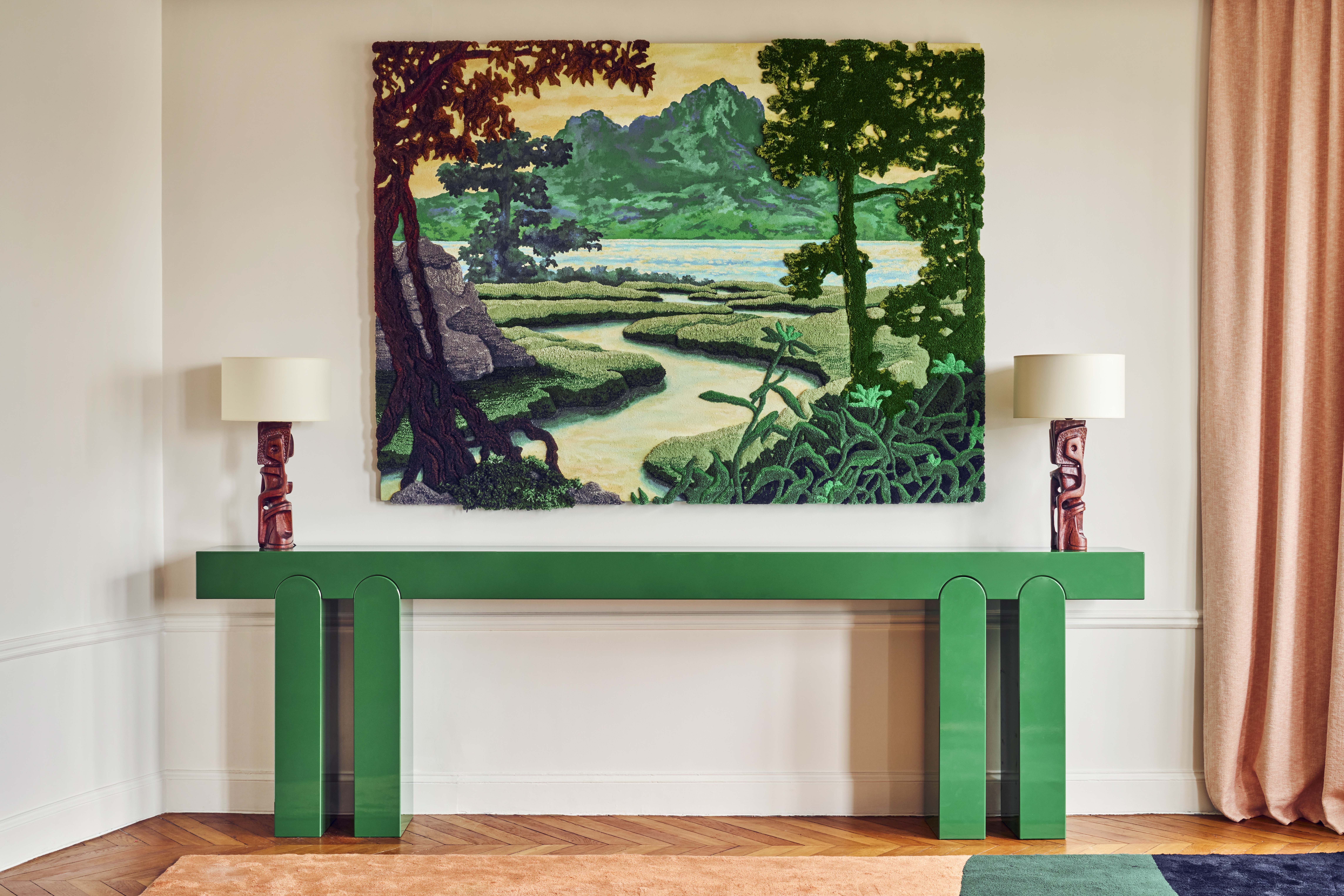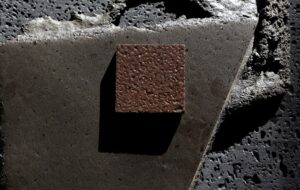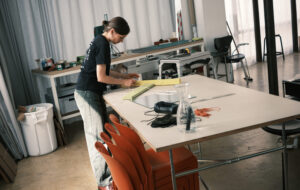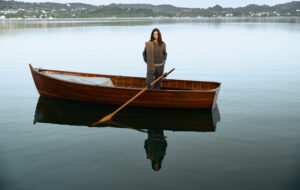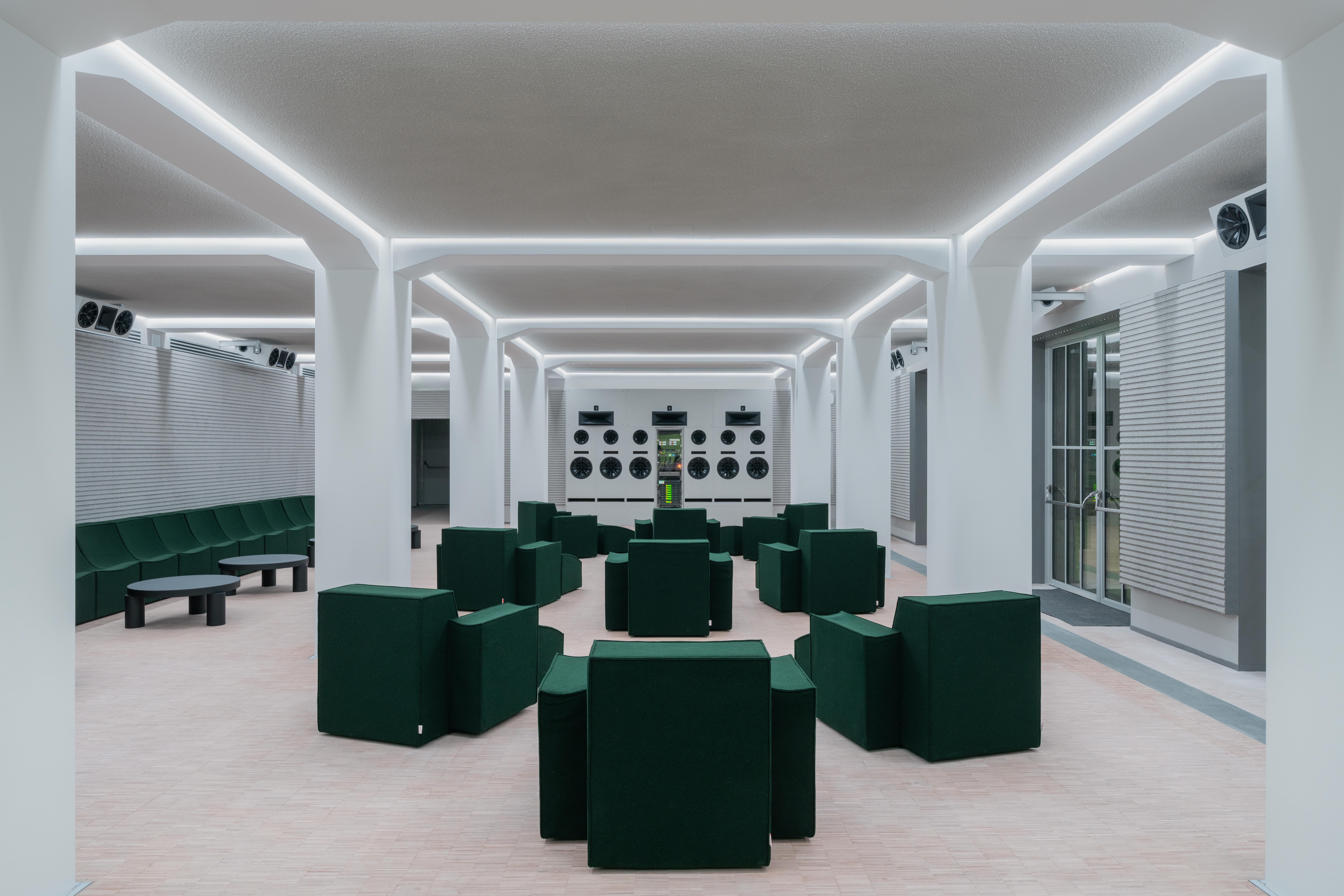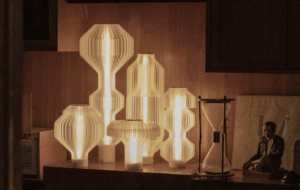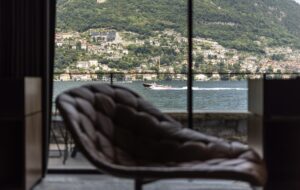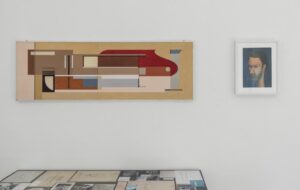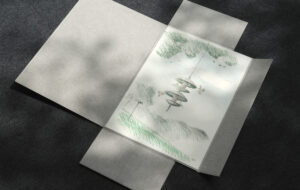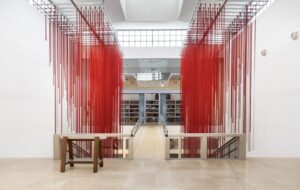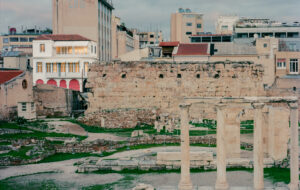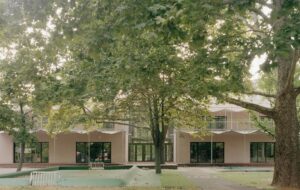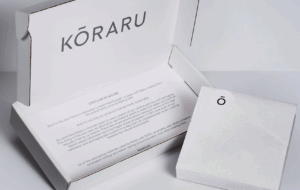

words
I almost reviewed this book a few months ago. I picked up a copy at the launch in Dubai but was so glutted with my experience of the place that I didn’t feel like I could handle anymore weird images or staggering statistics. It has sat on my desk all that time, intriguing but also irking me.
The first thing to say about Al Manakh is that it is a dense and multifaceted thing. It starts with a series of think pieces on Dubai “edited” by a company called Moutamarat, which “creates business knowledge for the Arab world”. This is followed by the Gulf Survey, a hefty chunk of research by Rem Koolhaas’ personal think tank, AMO, which was displayed at last year’s Venice Biennale. The last section, Global Agenda, is full of random interesting material that might as well be in a different book.
It wouldn’t be fair to call this Rem’s book but it was clearly initiated by him and so let’s file it under “K”. Rem launched his career with a panegyric to another freakish outcome of modernity and free enterprise: Manhattan. Since then, he has grown into architecture’s great realist, embracer of uncomfortable truths and contrarian. So, where most of us probably love Manhattan, few of us would say the same about Dubai. Al Manakh is intended to expose our haughty, hypocritical, orientalist prejudice.
Playing nicely on our word “almanac”, the title means “the climate” in Arabic. And so the instant city, the theme park city, the city as spectacle and experiment are set out as the climate of postmodernity. “The world is running out of places where it can start over,” writes Rem. And he’s right. That’s why Dubai is such an important case study. As a display of ambition it’s awe-inspiring, but as a city it’s bizarre. It has a face only an intellectual could love.
Dubai is the world capital of authenticity anxiety. Again and again, the book’s writers either compare or quote people comparing Dubai to Disneyland. And yet, says Rem, “the Disney fatwa says more about the stagnation of the Western critical imagination than it does about Gulf Cities (sic).” Not only is the West increasingly irrelevant, he argues, but its critics are only deploring in Dubai what their own countries failed to deal with. This, to me, is precisely the point. There’s something depressing about watching Dubai – a traffic-choked accretion of glass skyscrapers – make all the same mistakes that American and European cities made in the 20th century. The United Arab Emirates has the highest car ownership in the world, and the largest per capita carbon footprint in the world. Between 75 and 85 per cent of its energy goes into air-conditioning. “The Gulf’s entrepreneurs are reaching places that modernity has not reached before,” Rem says. How, exactly? We have malls, theme parks and rapid urbanism, and we’ve tried rolling them all into one in the desert (Vegas). The only thing modernity hasn’t reached before is the hell-for-leather speed of Dubai’s development.
Dubai’s growth is a game of confidence. In a self-perpetuating cycle, investment and the rate of construction spur each other on.
Of course, if one or the other were to falter – because of a financial crisis or terrorist act, for instance – the whole project would stall. What you won’t find in this book is the result of a recent report that says the cost of living in Dubai has risen 28 per cent since last year. Given that 85 per cent of the emirate’s population is made up of transient immigrant workers, you might wonder how long it will remain an attractive prospect for a quick buck. Sometimes it sounds like Rem has fallen for the sales patter of the UAE’s developers. He is probably more dispassionate than he comes across in his writing, but his emphatic turns of phrase make the book feel like a defence of Dubai rather than just a critical engagement.
Granted, Dubai is a fascinating manifestation of contemporary urban culture, and Al Manakh is a long overdue appreciation of it. As a collection of analysis and data it’s certainly impressive. What bothers me is its book-ness. It’s a perfect analogy for Rem’s view of Dubai, which privileges the idea of the place over the manner in which it is made. An instant accretion of stuff, it feels almost deliberately careless in its design, editing and use of low-resolution images, many of which look like they were grabbed off Google. The blurb on the back cover is sliced in half so that you can’t read it – is that deliberate? And it’s full of sentences like this: “Dubai is a city of superlatives – and there is little hope that this drive for the [missing word] will change in the foreseeable future.” This was thrown together at speed. In fact, it’s an internet book, an unfiltered torrent of material, good and bad. Like the internet, it eschews the idea of editing as though that would stifle its essential freedom.
If there’s one thing Rem will always champion, it’s laissez-faire spontaneity. The internet doesn’t need editing, and I’m sure he would argue that cities don’t either. But books do.
Al Manakh, Archis Foundation, €29.90
www.archis.org

